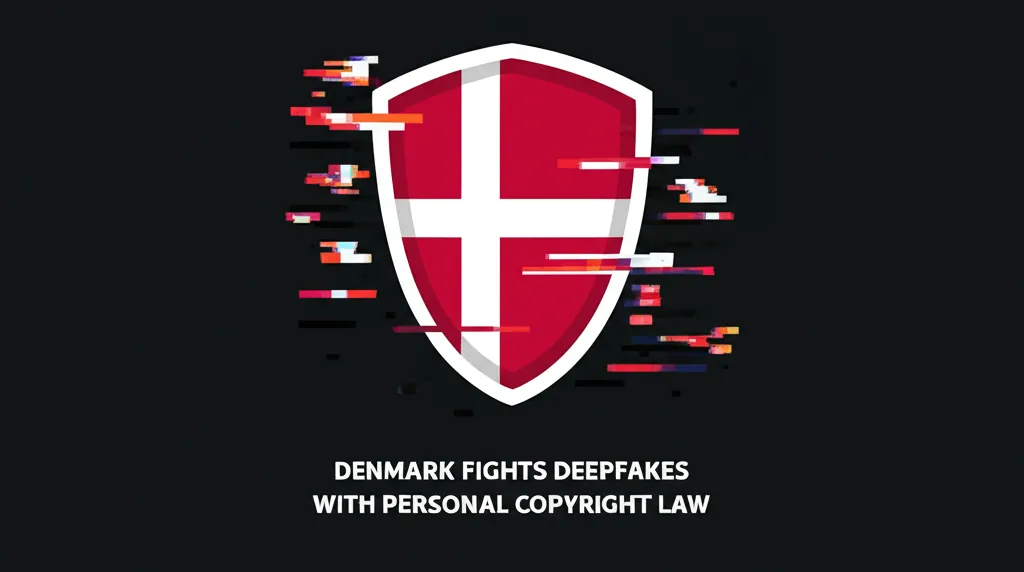Developer Offer
Try ImaginePro API with 50 Free Credits
Build and ship AI-powered visuals with Midjourney, Flux, and more — free credits refresh every month.
Solving Common Website Loading Issues Yourself
It can be frustrating when a crucial part of a website fails to load, leaving you staring at an error message. Often, the problem isn't with the website itself but with settings on your own device. Understanding the common culprits can help you resolve these issues quickly and get back to browsing.
Potential Causes for Loading Errors
When a website component doesn't appear, it's typically due to one of three main areas: your browser's extensions, your network connection, or your browser's internal settings. These elements can interfere with how a site's code runs, leading to a broken experience.
- Browser Extensions: Tools like ad blockers or privacy guards are powerful, but they can sometimes be overzealous. They might mistakenly block essential scripts that a website needs to function correctly.
- Network Issues: A weak or unstable internet connection can prevent your browser from downloading all the necessary files for a webpage. Corporate or public Wi-Fi firewalls can also block certain types of content.
- Browser Settings: Configurations such as disabling JavaScript, having a corrupted cache, or overly strict security settings can prevent modern, interactive websites from loading properly.
Your Troubleshooting Checklist
Before giving up on a site, run through these simple steps. One of them is likely to solve the problem.
-
Check Your Connection: First, ensure your internet is working correctly. Try visiting a few other reliable websites. If they also fail to load, the issue is with your network, not the specific site.
-
Disable Ad Blockers or Extensions: The most common fix is to temporarily disable your ad blocker or other extensions for that specific site. Most extensions have an option to 'pause' or 'whitelist' a trusted website.
-
Try a Different Browser: To determine if the issue is isolated to one browser, try opening the same webpage in another one (like Chrome, Firefox, or Edge). If the site works elsewhere, the problem lies within the settings or extensions of your primary browser.
Compare Plans & Pricing
Find the plan that matches your workload and unlock full access to ImaginePro.
| Plan | Price | Highlights |
|---|---|---|
| Standard | $8 / month |
|
| Premium | $20 / month |
|
Need custom terms? Talk to us to tailor credits, rate limits, or deployment options.
View All Pricing Details

